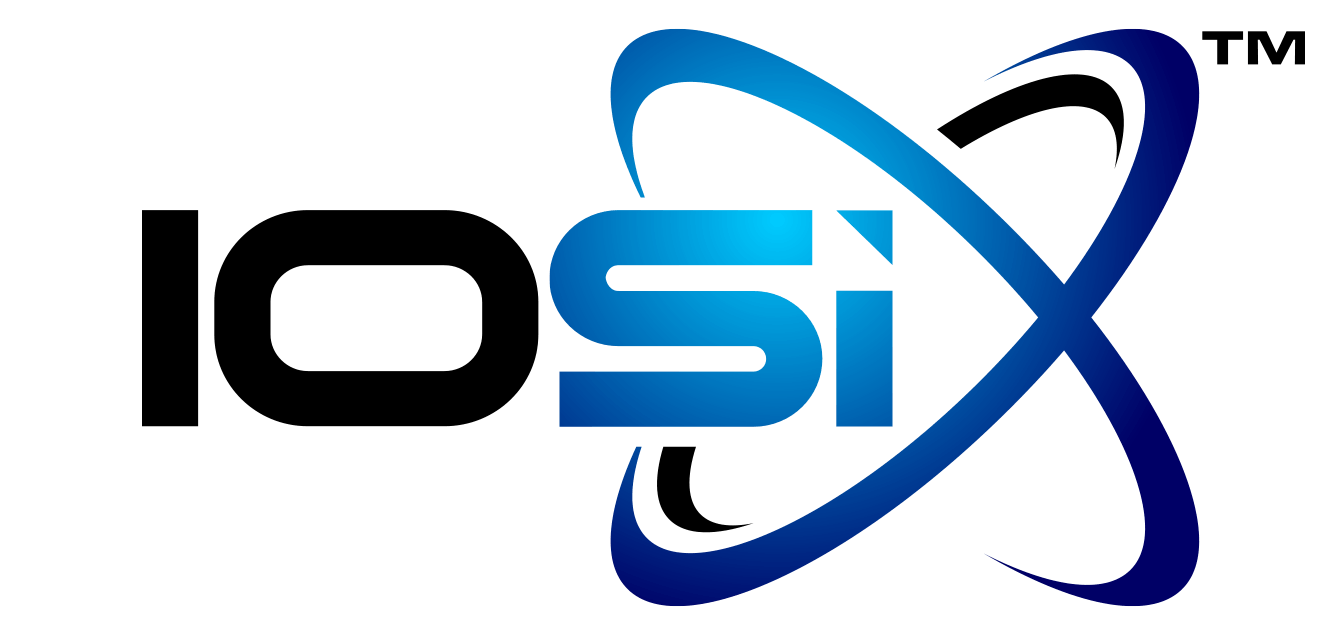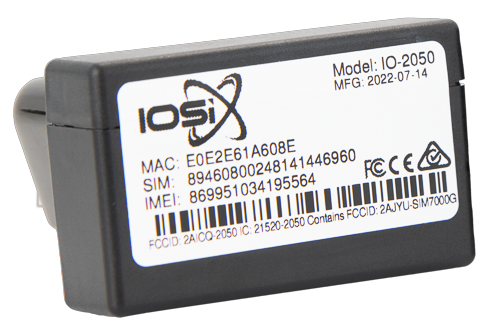
INTRODUCING THE
Tracker
The OBD-II Tracker is our smallest unit yet, without sacrificing reliability or technical expertise.
The IOSiX OBD-II Tracker is our smallest unit yet, without sacrificing reliability or technical expertise. Sacrifice nothing with our plug and play OBD-II Tracker.
This plug and play device records and transmits vehicle data seamlessly over cellular, WiFI, and Bluetooth.
Record and transmit vehicle data seamlessly over cellular, WiFI, and Bluetooth.
IO-1020 Micro ELD
The Micro ELD plugs directly into the diagnostic port of your vehicle and transfers data to a phone or tablet via a Bluetooth or WiFi connection. The sleek, reliable, design makes it a breeze to track hours and submit the necessary documentation. Our micro ELD stays out of the way, connecting directly to the J1939 port in most heavy-duty trucks, and complies with FMCSA ELD regulations.
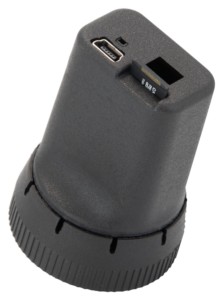
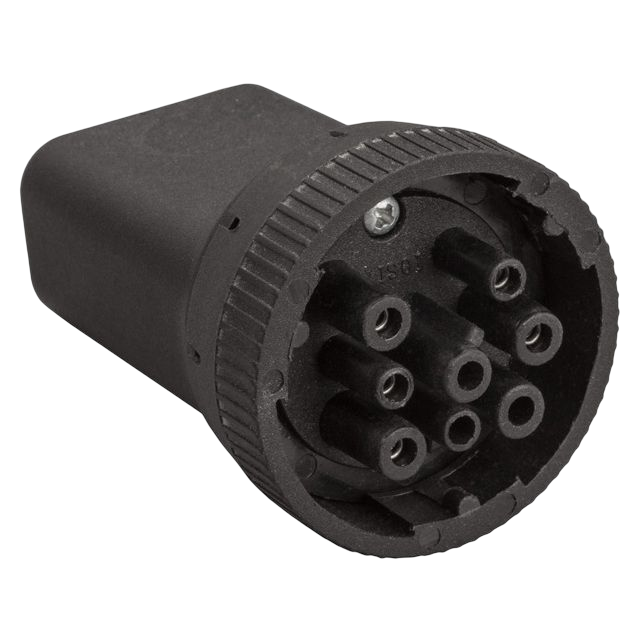
IO-5041 Advanced J1939 Logger
This heavy-duty logger can track fleet vehicle fuel consumption, route, driving records, and much more. Our device is easy to install and is ideal for fuel, emission or lubricant studies, R&D work, and many other applications.
IO-2041 Advanced OBD-II Logger
The Advanced OBD-II Logger plugs directly into the OBD-II port and is built to handle all vehicle monitoring tasks. Just plug it in and go! With the ability to log up to seven data buses simultaneously, it’s perfect for any tracking and monitoring application, from commercial R&D to personal use.
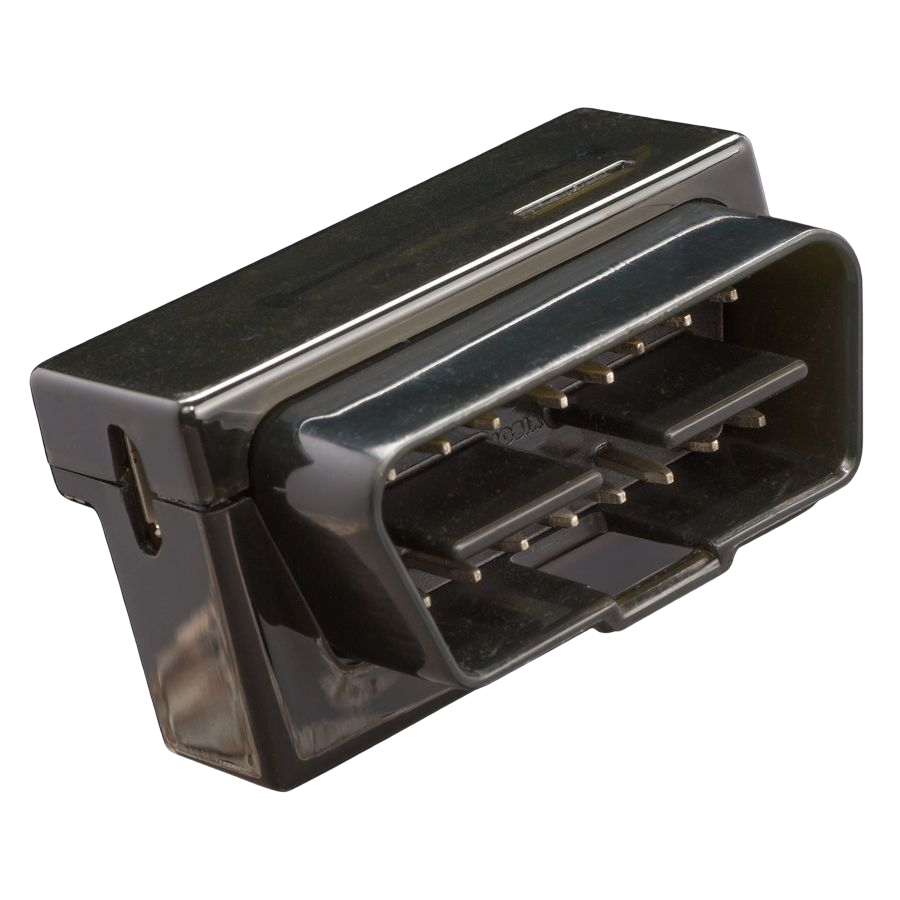
“Robert has a unique understanding of the industry. His products are flexible, small, and easy to extend.”
– Frank Cruz, Hardware Engineer
